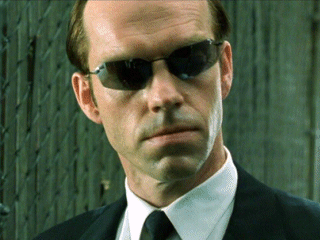You are using an out of date browser. It may not display this or other websites correctly.
You should upgrade or use an alternative browser.
You should upgrade or use an alternative browser.
Fresh Random Image Thread
- Thread starter Gilly
- Start date
- Status
- Not open for further replies.
More options
Thread starter's postsMan of Honour
- Joined
- 11 Dec 2002
- Posts
- 10,926
- Location
- Darkest Norfolk
great, now my neck hurts

Soldato
- Joined
- 7 Apr 2009
- Posts
- 7,321
- Location
- Western Seaboard
Soldato
- Joined
- 13 Jul 2004
- Posts
- 20,349
- Location
- Stanley Hotel, Colorado
Soldato
- Joined
- 31 May 2009
- Posts
- 21,503
Soldato
- Joined
- 7 Apr 2009
- Posts
- 7,321
- Location
- Western Seaboard
Soldato
- Joined
- 27 Dec 2005
- Posts
- 17,317
- Location
- Bristol
The Peterborough game, Swindon were down to 10 men for half an hour and the game was stopped with 15 minutes to go because a fan had a heart attack and then carried out the motions of finishing it. ARRGGHHH! Lost me £1,144.

Suspended
- Joined
- 29 Aug 2007
- Posts
- 28,786
- Location
- Auckland
The image above shows the filaments that make up the large-scale structure of the Universe. Scientists can pin point exactly where the Milky Way is on one of the filaments. Each dot in this image is a galaxy or cluster of galaxies. According to physicist, Roger Penrose, what’s in our head is orders of magnitude more complex than anything one sees in the Universe: "If you look at the entire physical cosmos," says Penrose, "our brains are a tiny, tiny part of it. But they're the most perfectly organized part. Compared to the complexity of a brain, a galaxy is just an inert lump."
Galaxies are ancient, but self-aware, language-using, tool-making brains are very new in the evolutionary timeline, some 200,000-years old. Most of the neurons in the neocortex have between 1,000 and 10,000 synaptic connections with other neurons. Elsewhere in the brain, in the cerebellum, one type of neuron has 150,000 to 200,000 synaptic connections with other neurons. Even the lowest of these numbers seems hard to believe. One tiny neuron can connect to 200,000 neurons.
"The universe could so easily have remained lifeless and simple -just physics and chemistry, just the scattered dust of the cosmic explosion that gave birth to time and space," says Richard Dawkins, the famed Oxford evolutionary biologist reflecting on the sheer wonder of the emergence of life on Earth and the evolutionary process in his classic The Ancestor's Tale.
"The fact that it did not -the fact that life evolved out of literally nothing, some 10 billion years after the universe evolved literally out of nothing -is a fact so staggering that I would be mad to attempt words to do it justice. And even that is not the end of the matter. Not only did evolution happen: it eventually led to beings capable of comprehending the process by which they comprehend it."
Soldato
- Joined
- 7 Apr 2009
- Posts
- 7,321
- Location
- Western Seaboard
- Status
- Not open for further replies.









